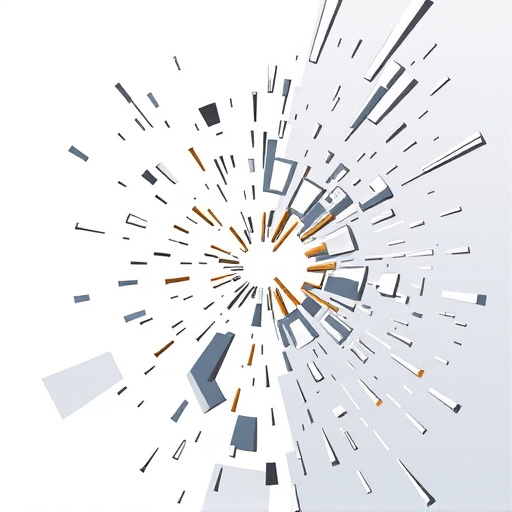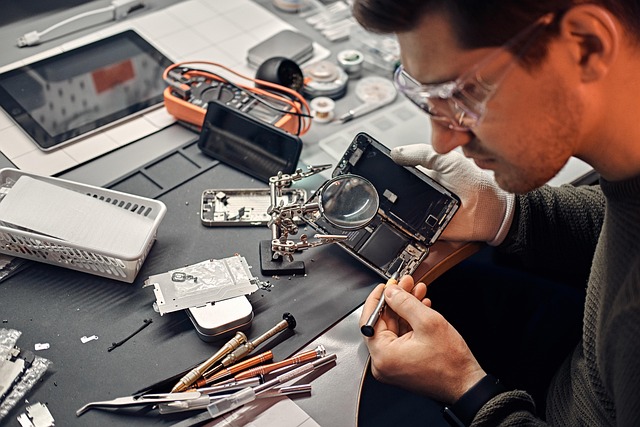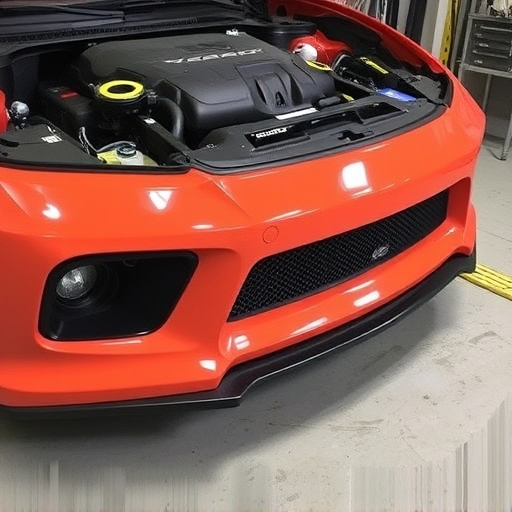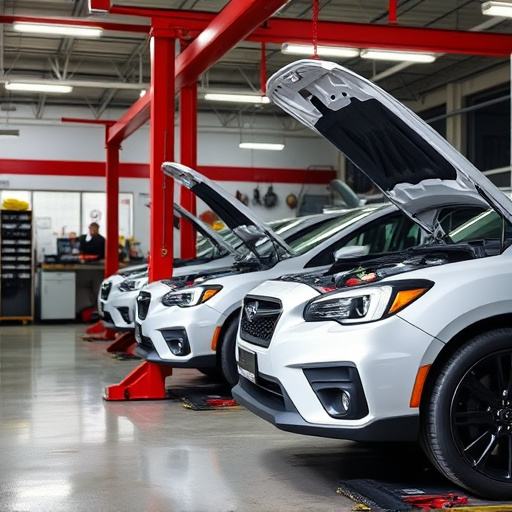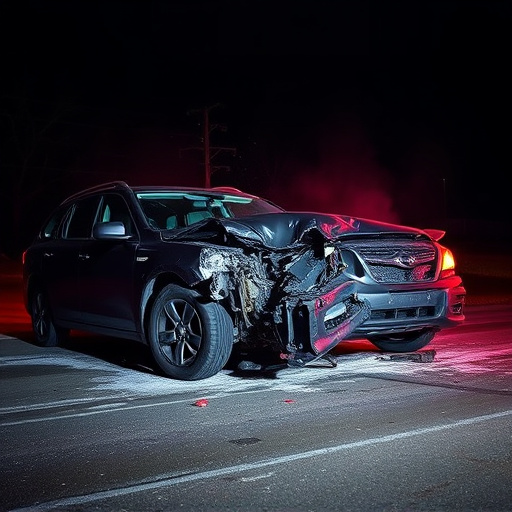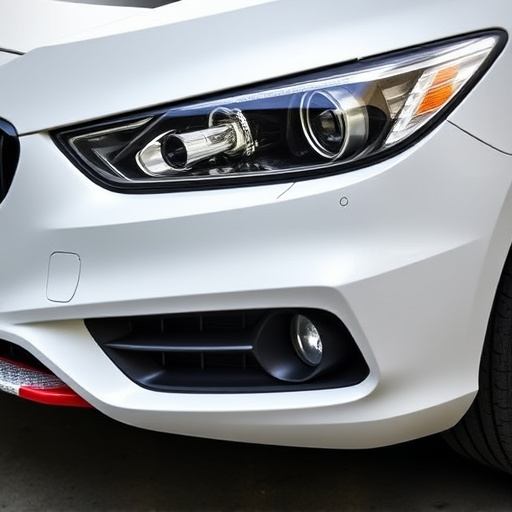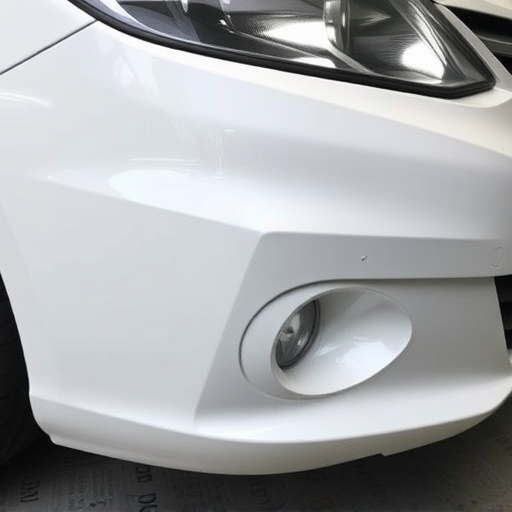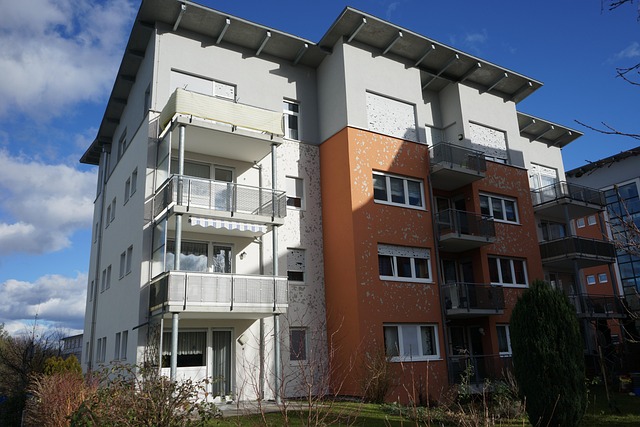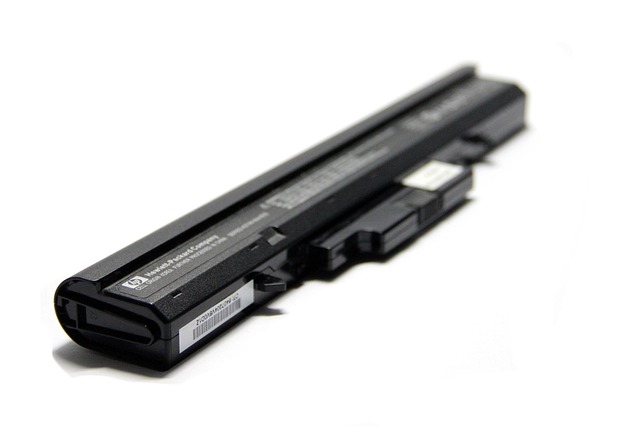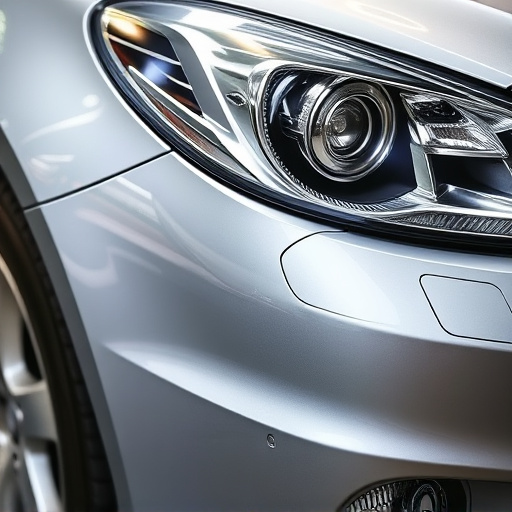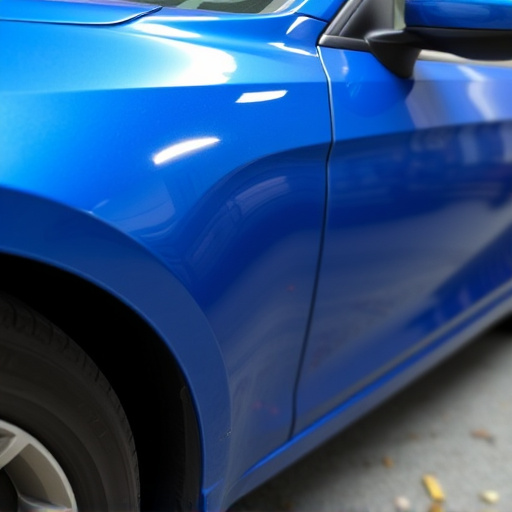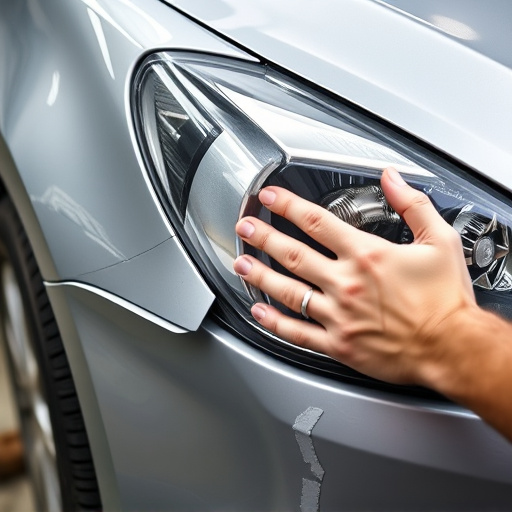Pearl finish collision repair is a specialized service vital for maintaining the stunning, iridescent automotive design element known as pearl finish. Skilled technicians use meticulous techniques to restore damaged finishes, preserving aesthetics and durability. To maintain pearl finish post-repair, follow gentle washing, waxing, regular cleaning, and avoid harsh chemicals. Neglecting proper pre-cleaning or using subpar materials can cause damage, so opt for mild cleaners and professional repair services for optimal results.
“Discover the art of nurturing restored pearl finish surfaces with our comprehensive guide. Pearl finishes, known for their exquisite luster and depth, are delicate works of automotive craftsmanship. Following a collision repair, proper care is paramount to preserve their beauty. This article explores the intricacies of understanding these finishes, offers a detailed step-by-step care guide, and highlights common mistakes to avoid, ensuring your pearl finish remains flawless.”
- Understanding Pearl Finish and Its Vulnerabilities
- Step-by-Step Guide to Proper Care After Repair
- Common Mistakes to Avoid During Maintenance
Understanding Pearl Finish and Its Vulnerabilities
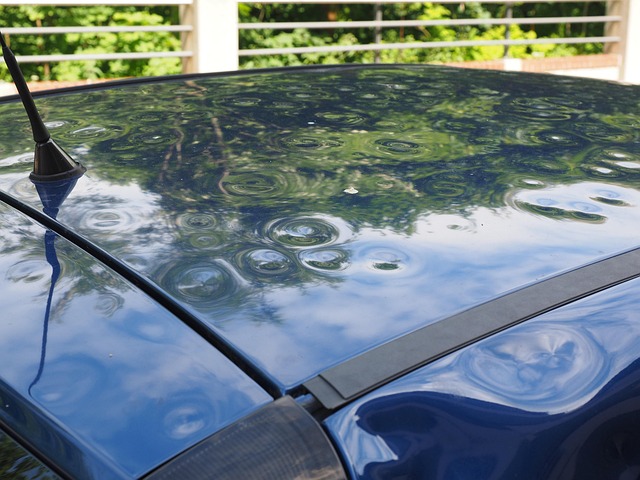
Pearl finish is a stunning and intricate surface often used in automotive design, especially in high-end vehicles. It creates a glossy, iridescent effect that catches the light beautifully. However, this delicate finish is also susceptible to damage, particularly from collisions or minor dents. When a pearl finish surface is damaged, it requires careful repair to restore its original beauty and prevent further deterioration.
In the realm of auto body work, understanding these vulnerabilities is crucial for effective pearl finish collision repair. Dents can cause not only physical damage but also alter the reflective properties of the finish. Professional repair techniques involve meticulous sanding, filling, and painting to match the unique color variations of the pearl finish, ensuring a seamless and flawless result. Auto frame repair and auto dent repair skills are essential to realigning the metal and restoring the aesthetic integrity of the surface without compromising its durability.
Step-by-Step Guide to Proper Care After Repair
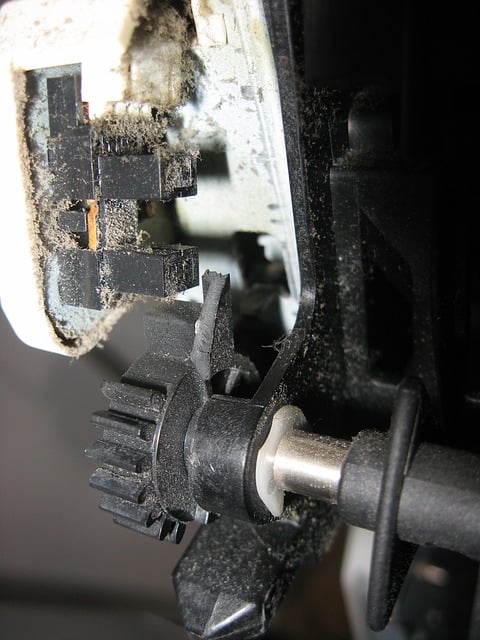
After a pearl finish collision repair on your vehicle, proper care is essential to maintain its beauty and longevity. Here’s a step-by-step guide for optimal post-repair maintenance:
1. Wash with Care: Begin by gently washing your vehicle using a mild, pH-neutral detergent and warm water. Avoid aggressive scrubbing or high-pressure washers, as these can damage the repaired finish. Thoroughly rinse and dry the car afterward to prevent any residue buildup.
2. Apply Protective Coatings: To safeguard the repair, invest in high-quality car wax or sealants designed for pearl finishes. These protective layers will enhance the shine, repel dirt and water, and provide an extra layer of defense against future damage. Follow the manufacturer’s instructions for application, ensuring even coverage without any visible streaks.
3. Regular Maintenance: Establish a consistent cleaning routine using microfiber cloths and a suitable cleaning solution. This prevents scratches and maintains the finish’s integrity. Additionally, keep your vehicle in a shaded area to reduce UV exposure, which can cause discoloration over time. Regularly inspect the repair for any signs of damage or wear, addressing issues promptly.
4. Avoid Harsh Chemicals: Certain chemicals found in some cleaning products or degreasers can deteriorate the pearl finish. Steer clear of products containing harsh acids, abrasive cleaners, or solvents. Always opt for automotive-specific cleaning supplies recommended for delicate finishes.
Common Mistakes to Avoid During Maintenance
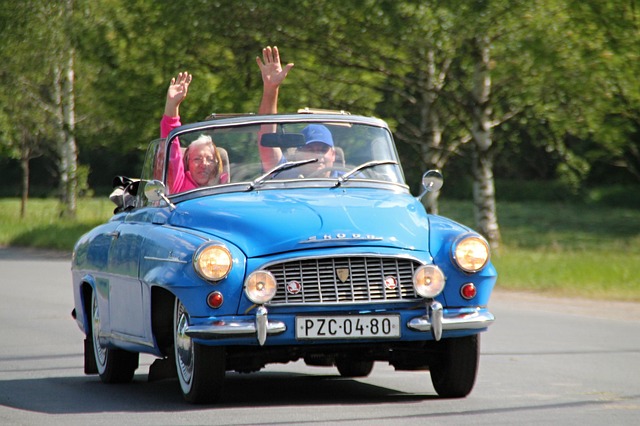
Many homeowners attempt to maintain their pearl finish surfaces themselves, but common mistakes can lead to damage and a loss of that pristine, glossy look. One frequent error is using aggressive cleaning methods, which can scratch or fade the delicate finish. Avoid using harsh chemicals or scrubbers; instead, opt for mild, pH-neutral cleaners designed for automotive finishes. Another blunder is neglecting to clean properly before applying protective coatings. Dust, dirt, and other contaminants can become embedded under sealer or wax, compromising its effectiveness. Always ensure a thorough wash and dry before proceeding with any topcoat application.
Additionally, hasty repairs or inadequate preparation in a collision repair shop can result in visible imperfections. Improper alignment during fender or bumper repair can lead to misaligned panels, affecting the overall aesthetics of the pearl finish. Similarly, using subpar materials for touch-ups and repairs may cause color mismatches, creating unsightly contrasts. Professional, experienced technicians are essential to ensuring accurate measurements, precise repairs, and flawless integration with existing surfaces – vital steps in maintaining that luxurious pearl finish.
Caring for repaired pearl finish surfaces is key to maintaining their exquisite beauty and longevity. By understanding the unique vulnerabilities of pearl finishes and adhering to best practices outlined in this guide, including a step-by-step care routine and common mistakes to avoid, you can ensure your repaired pearl finish remains a stunning feature for years to come. Remember, proper maintenance is crucial for preserving the artistry and value of pearl finish collision repair.
